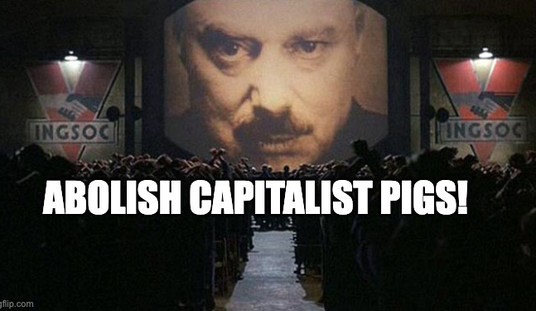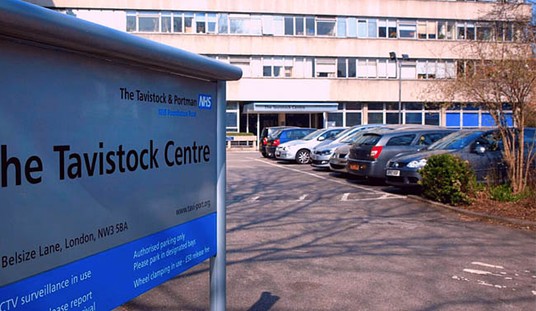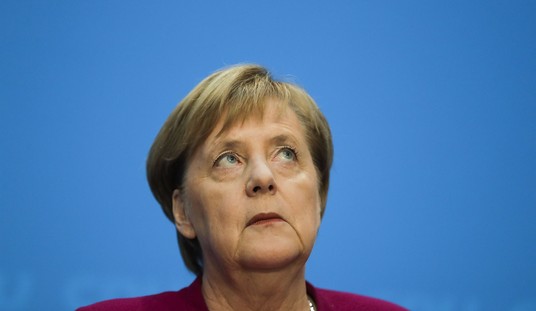Yesterday, the Washington Post told the sad tale of Germany and the rest of Europe regaining its senses on solar power. After decades of heavy subsidies and price supports, the solar industry still can’t compete on a price basis with traditional forms of energy production, and thanks to the EU’s debt crisis, these countries can’t afford the subsidies any longer. However, the Post’s report fails to understand the lesson and instead perpetuates the notion that subsidies don’t equal costs, which it confuses with price:
German policymakers indicated last week that they planned to cut once-generous subsidies as much as 29 percent by the end of the month, on top of a 15 percent cut in January, although some details were still being negotiated after protests from the solar industry. Britain and Italy have made similar moves, and in January, Spain abandoned its subsidies altogether, prompting outrage from the solar industry. …
Shiny black solar panels are as common a sight as baroque church spires in this industrial hub, thanks to government subsidies that have helped make Germany a world leader in solar technology.
Now, sudden subsidy cuts here and elsewhere in Europe have thrown the industry into crisis just short of its ultimate goal: a price to generate solar energy that is no higher than fossil-fuel counterparts.
That’s only true if one ignores the cost of the subsidies. After all, taxpayers have to pay twice for solar power: once when they use it, and another when they pay the taxes that fund the subsidies, which act only to hide the true cost of solar power in the artificially-lowered price. That’s amply demonstrated in the caption supplied with the photograph in the story:
Richard Schlicht, left, the head of a German solar power company, talks to Arne Juelich, the project manager of a warehouse under construction in Hanover, Germany. Just months ago, Schlicht would have made a fine profit off the solar panels he plans to install on the roof where they’re standing. After sudden subsidy cuts, he says he’ll be lucky to break even.
What does this tell us? It means that the profitability of the solar-panel production industry came entirely out of the pockets of taxpayers, and not because the decades-old industry can compete on its own. We also see this in the graphs supplied by the Post, which shows the massive amount of increase in gigawatt capacity from installed solar panels in Germany as taxpayers stuffed euros into the pockets of manufacturers — increasing 500% — while solar’s contribution to national energy production rose from 0.5% to 3.1%. However, this figure is almost certainly incorrect, as I noted one month ago from official German government reports:
As Bjorn Lomborg writes for Slate, solar energy now accounts for a whopping 0.3% of Germany’s total power consumption after that $130 billion infusion, and forces Germans to pay far more than their Continental counterparts for their energy. …
The 0.3% figure comes straight from Lomborg’s article at Slate, but I’ve received two messages that says it should be 3%. However, the data from the German Ministry for Economics and Technology shows that German consumption of hydroelectric, wind, and solar amounts to a combined total of 1.8% of all consumption for 2011, which was its best year ever. That seems to reinforce Lomborg’s claim and not those from other sources.
It appears that rather than use German government figures for power, the Post used figures from the German Solar Industry Association. Not only that, but nowhere in the article does the Post mention that Germans have paid $130 billion in subsidies during their fling with solar-power support, which should certainly factor into any discussions about cost. The article does mention that even with the low percentage of power produced by solar, it ate up half of all renewable-energy subsidies in Germany, displacing other technologies like biomass, for example.
The Post might have reported on the real costs of subsidized solar, which would explain to its readers why Germany and other European nations have finally begun to abandon the decades-long project of attempting to make the industry competitive. Instead, the article makes it look as though the decision to cut subsidies was merely whimsical.








Join the conversation as a VIP Member